Homemade Christmas gift ideas
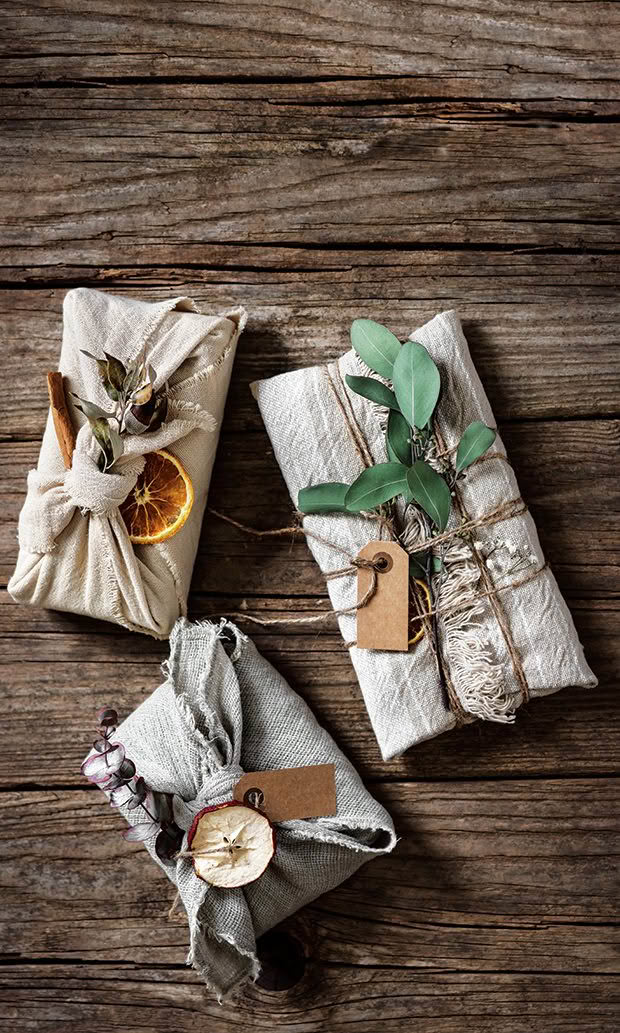
Shun the shops and reduce waste with these simple, handcrafted gifts.
There are few gifts under the Christmas tree that stand out more than something homemade. On a holiday dominated by commercial interests and stressful shopping, the idea of carefully and mindfully handcrafting something using your own skills and resources is an increasingly special gesture. It’s usually far more enjoyable to make a gift at home than to stand in queues at the shops, and it provides an opportunity to reduce the notorious Christmas waste by getting creative with wrapping, such as using fabric or furoshiki – traditional Japanese wrapping cloths.
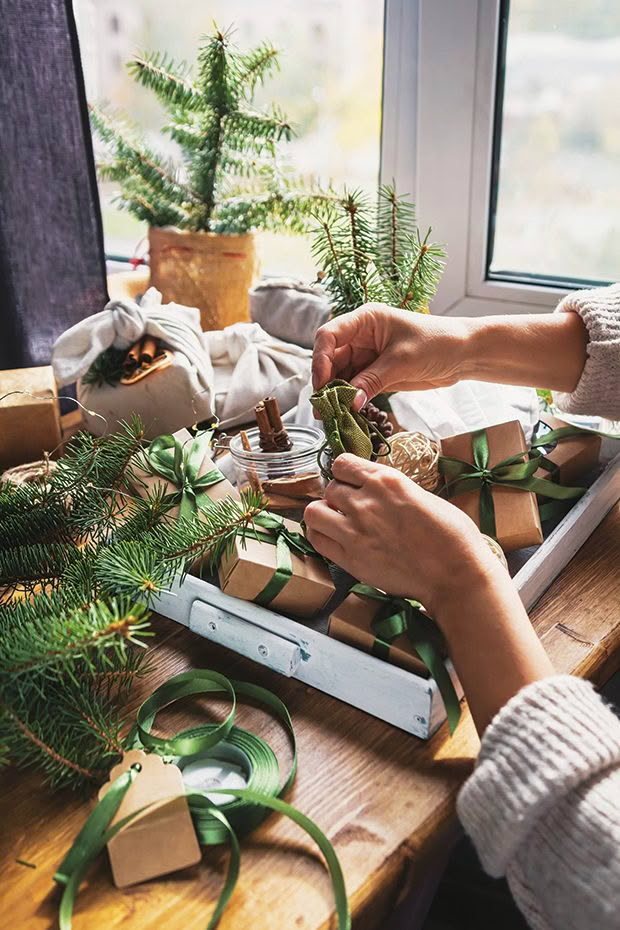
And who better suited to handcraft a gift than a lifestyle block owner with the resources to grow and build something from scratch? With gardens, workshops, timber and materials scattered around the average lifestyle block, there are endless possibilities to create or grow a simple yet useful token of kindness at Christmas time – which is what the holiday is all about. Here are NZ Lifestyle Block’s six picks for homemade gift ideas, as told by our regular contributors.
Calendula Balm
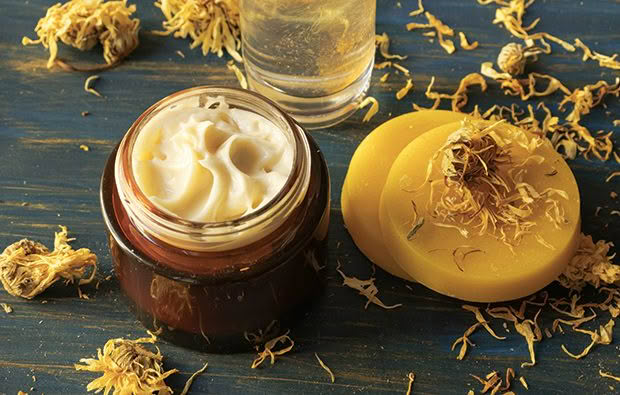
This gentle lip balm uses the natural antiseptic and anti-inflammatory properties of calendula (Calendula officinalis). It’s safe for children and can be used as a soothing balm for many minor skin issues, making it the perfect gift to help with summer sunburns.
Recipe by: Rebecca Stewart
INGREDIENTS
15g calendula flowers
½ cup coconut oil
3 tbsp sweet almond oil
50g beeswax
METHOD FOR CARRIER OIL
My method involves gently warming the oil and flowers to speed up the infusion. However, you can also simply let the oil and dry flowers sit in a jar for three weeks.
Pick the calendula flowers after dew has dried. Allow to wilt slightly.
In a small pot with a lid, melt the coconut oil at a low heat (a slow cooker with a warm setting is ideal for this).
Add the flowers and mix them in the oil. Keep the lid on the pot and wipe any condensation from the lid often. Once there is no more condensation forming on the lid, the oil is ready.
Strain the flowers from the oil using a cloth in a sieve; gently squeeze the cloth to remove all the oil and store in a sterilised jar with a lid. Store in a cool dry place.
METHOD FOR LIP BALM
Melt the carrier oil and beeswax in a bowl over a pot of water. Have 30g jars ready nearby. Once the oil and wax have melted, stir in the almond oil and remove from the heat.
Pour immediately into the jars. Allow to cool before putting on the lids. This recipe makes about 260mls of healing balm.
Hawthorn Tipple
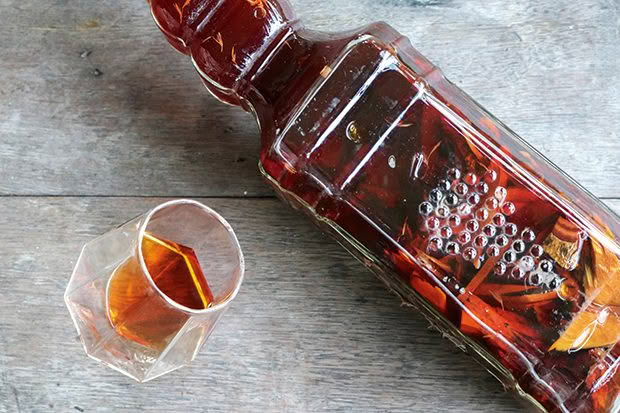
Recipe by: Sheryn Dean
For Christmas one year, I made my brother and father – both of whom have heart issues – a hawthorn liquor from the berries of the tree growing on my block. Hawthorn (Crataegus) is a beautiful tree with lovely large red berries that are used in Traditional Chinese Medicine to protect against heart disease, control high blood pressure and cholesterol, increase coronary artery blood flow and improve circulation. To my mother’s dismay, my father and brother liked it so much they consumed it all before Christmas lunch – but as I pointed out, no one had a heart attack. However, you don’t need to have heart issues to enjoy this drink – it’s full of antioxidants for general health and wellbeing. Still, it’s best consumed as a nightly tipple. For this recipe, you’ll need to start in late November to have it under the tree in time for Christmas.
INGREDIENTS
2 cups washed hawthorn berries
1 apple, cored and chopped
1 tsp minced fresh ginger
3 cardamom pods, crushed
1 vanilla bean, cut in half lengthwise
1 cinnamon stick
zest of 1 lemon
4 preserved hibiscus flowers and syrup
⅓ cup 100% pomegranate juice
¼ cup honey, or to taste
2 cups brandy
METHOD
Place all of the herbs, spices, and fruit in a large (1 litre plus) jar. Add the pomegranate juice, honey and brandy.
Infuse this for four weeks, shaking often.
Strain and rebottle into any unique glass bottle.
Wrap up and give to your loved one. Tell them to store in a dark, cool location and consume within a year.
Themed Plant Pots
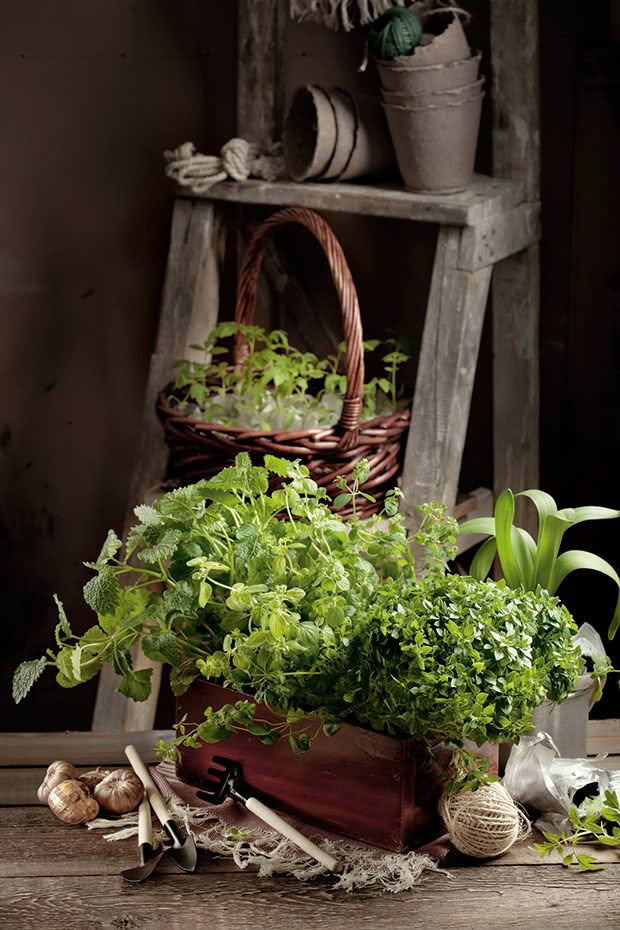
By: Jane Wrigglesworth
I like to give my foodie friends themed pots for Christmas, depending on what they like. If they like Indian cuisine, I plant okra, chillies, coriander, holy basil, and curry plant. For the Italian lovers, I grow oregano, basil, rosemary, sage, or bay. If someone’s really lucky, they might get a cutting of my lemon myrtle – a much coveted tree – which takes a heck of a long time to propagate. Otherwise, here are some of my go-to gifts.
• Lemongrass: I’ll grow a large pot. It’s easy to propagate by pulling a stalk off your own plant, plopping it in water, then planting it up when sufficient roots grow.
• Coriander: Mine self-sow all the time, so baby plants are endless.
• Turmeric: Just plant a supermarket-bought rhizome in a pot, keep it in a warm spot and it’ll grow.
• Thai basil: I collect my own seeds each year from the spent flower head.
• Shiso: Stick a stem in water and roots will grow.
• Garlic chives: I divide my own plants each year.
Wild Elderflower Brew
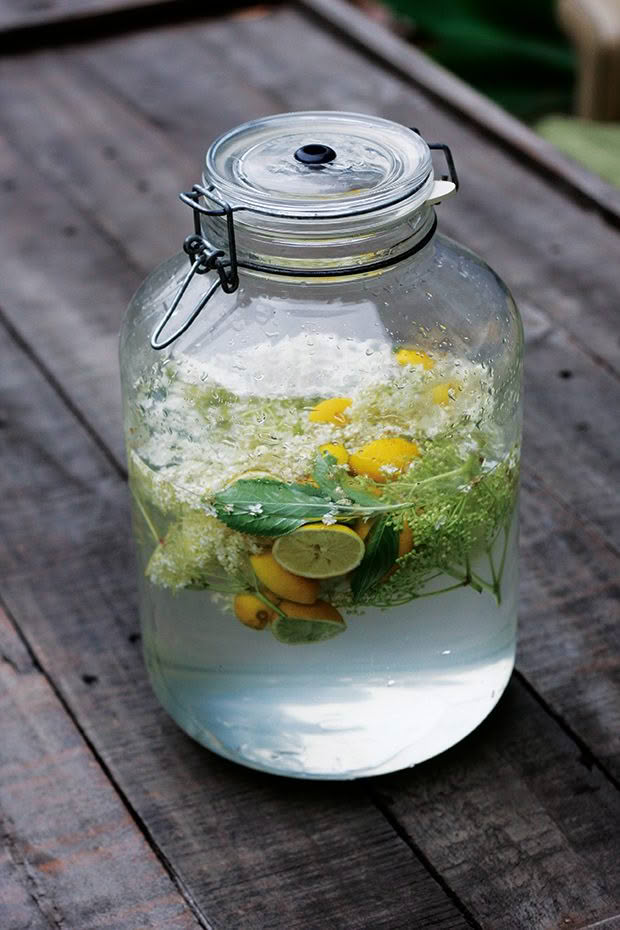
Recipe by: Felicity Joy, homegrownbotanica.co.nz
The lead-up to Christmas is a great time to forage wild elderflowers to concoct a refreshing summer brew. Served in a nice bottle, this drink makes a lovely Christmas day gift. When chilled, it’s a wonderful brew to serve to guests throughout the hot season.
Serves: 4
Prep time: 1 hour
Wait time: 12 days
INGREDIENTS
15 elderflower heads
250g sugar
2 litres cold, filtered water
1 tbsp raw apple cider vinegar
juice and zest of 3 lemons or limes
METHOD
From a safe, spray-free area, pick fresh elderflowers, shake out any insects and remove all green stems and leaves (this is important as they are toxic). Don’t wash the flowers, as this will remove the wild yeasts.
Dissolve the sugar with two litres of cold, filtered water, in a large, sterilised glass vessel.
Add the lemon or lime zest and juice, and the raw apple cider vinegar. Mix well. Drop in the elderflower heads and stir.
Cover the jar with a tea towel so that fermentation gases can escape.
Stir three to four times a day with a sterilised stainless steel utensil.
After two days, bubbles should form when stirred. Strain through a sterilised sieve or muslin cloth and discard solids.
Bottle liquid in sterilised glass jars or bottles. Cap tightly.
Leave for another 10 days to complete the fermentation, opening lids every few days to let fermentation gases escape.
Refrigerate once opened and enjoy on Christmas day.
Mint Sugar
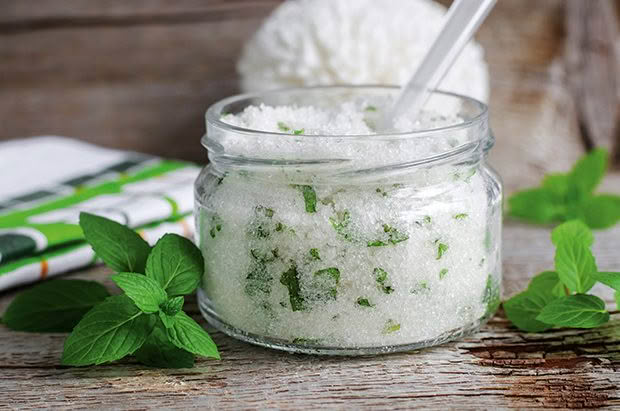
Recipe by: Jenny Garing
This gift is simple, very easy to make, and gives your loved one a festively-green ingredient they can use in so many Baking recipes. Plus, it takes advantage of the abundance of mint that has a habit of spreading prolifically throughout many gardens.
Prep time: 5 minutes
Wait time: 24 hours
INGREDIENTS
3 cups mint leaves, loosely packed
4 cups of caster sugar
METHOD
Put the mint leaves into the bowl of a food processor. Blitz until very fine. Add the caster sugar to the bowl and blitz again until the mint and sugar are well blended.
Spread the mix out on a baking tray and leave in the sun for at least two days. The sugar will have clumped and gone hard, so break it up and re-blitz it in the food processor. Put into jars. The sugar will keep for months in a dark place.
This makes four 250g jars of pretty green sugar. Attach a label to the jars with the recipe ideas below.
Mango and Mint Meringues
Recipe by: Jenny Garing
Make a meringue mixture using your favourite recipe but use the mint sugar instead of caster sugar.
Bake the meringues and cool. To serve, smash the tops of the meringues slightly and fill with whipped cream. Add slices of canned mango to the top of each meringue and then decorate with finely sliced fresh mint.
Mint Sugar Shortbread with Pistachios
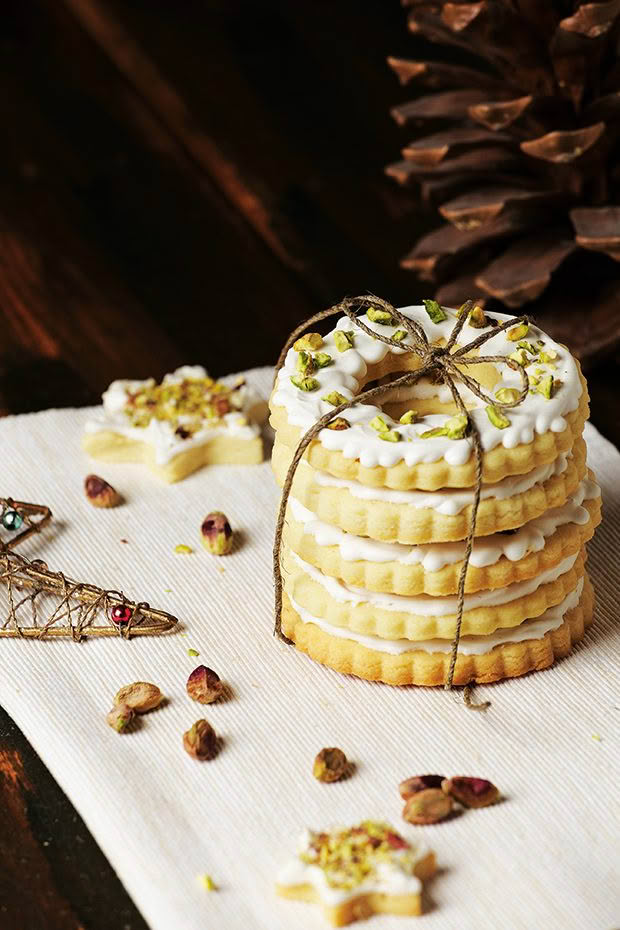
Recipe by: Jenny Garing
INGREDIENTS
2 cups plain flour
⅓ cup pure icing sugar
1 tbsp rice flour
250 g chopped butter
1 tbsp mint sugar, plus more for garnish
chopped pistachios for garnish
METHOD
Preheat the oven to 160°C and line two oven trays with baking paper.
Sift flour, icing sugar and rice flour into a large bowl. Rub in butter using fingertips, until mixture resembles breadcrumbs. Press mixture together to form a dough.
Turn out onto a lightly floured surface. Knead gently. Make little balls and roll or press out each one until about 1cm thick. Place onto trays.
Prick all over with a fork. Sprinkle with sugar and pistachios. Bake for 20 minutes, until golden.
Cool in trays five minutes before transferring to a wire rack to cool completely. Store in an airtight container.
Lavender Cuttings
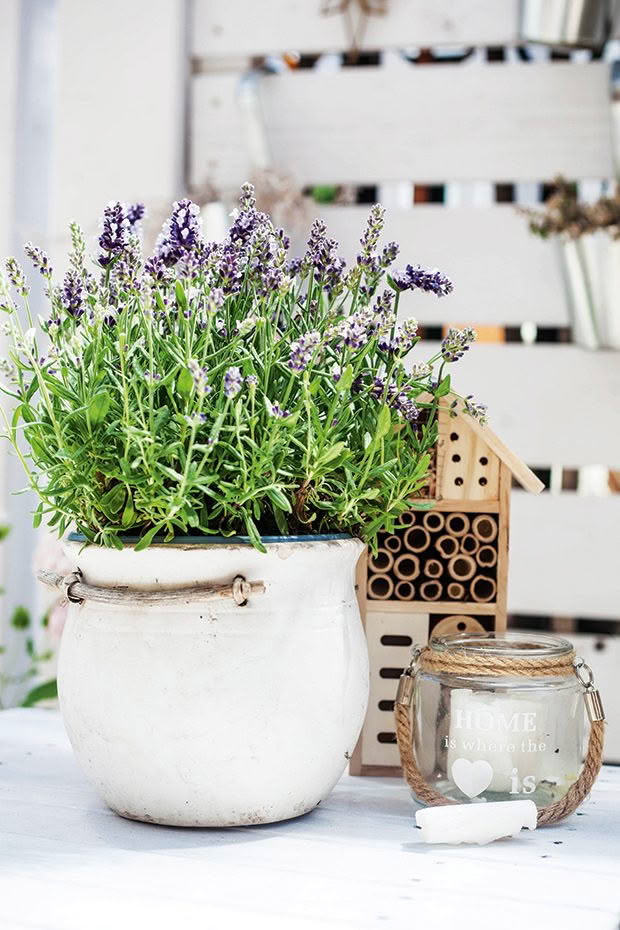
Get the right lavender (Lavandula angustifolia) and you can use it in multiple ways as a Christmas gift.
First, gift the plant itself. Garden guides will tell you to carefully take cuttings at certain times of the year, use rooting hormone powder, special soil, etc. I’ve literally snapped hundreds of fresh, healthy stems off where they join a slightly woodier branch, stripped off half the foliage, and pushed them into potting mix. The survival rate has been almost 100%, even when doing it in midsummer. The only reason I lost a few along the way is that I forgot to water them.
Lavender is a favourite of bees and other pollinating insects. The gentle waft of its fresh scent through the garden is divine. Best of all, you can cut the flowers and use them in cooking, from baked bread to roast meats.
For Christmas, I recommend whipping up a delicious lavender ice cream. A tub of freshly made, lavender-flavoured creamy goodness is a delightful Christmas treat.
Lavender Ice Cream
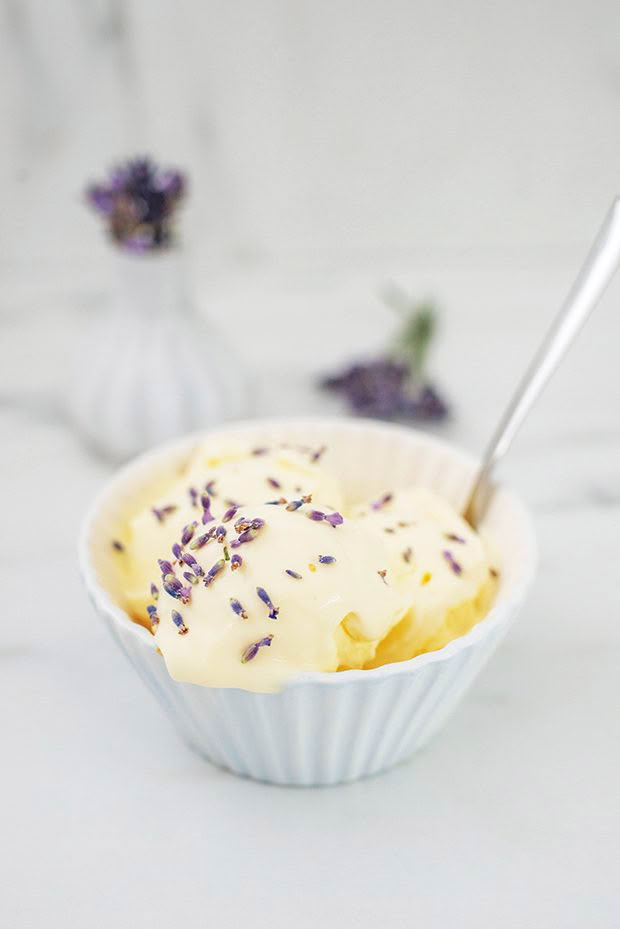
Recipe by: Nadene Hall
Makes 950ml (approx)
INGREDIENTS
475ml full fat milk
1 tsp vanilla essence
6-8 fresh lavender flowers with 10cm of stalk
70ml runny honey
5 large egg yolks
60g caster sugar
240ml cream
METHOD
Heat the milk, vanilla essence, honey and fresh lavender in a heavy pot and bring to a gentle boil. Leave to cool for 10 minutes and test for flavour – if the lavender taste isn’t strong, add more flowers and bring back to a gentle boil.
This is important as if it’s too weak now, the lavender taste won’t carry through into the finished mix once it’s frozen. Remove the lavender flowers, but don’t worry if any little bits of flower remain. Whisk the sugar and egg yolks until pale and add to the pot.
Keep on a gentle heat, stirring continuously until the mixture coats the back of a wooden spoon. Leave to cool. Process in an ice cream maker or pour into a shallow plastic container, place in the freezer and stir every couple of hours to stop ice crystals forming.

